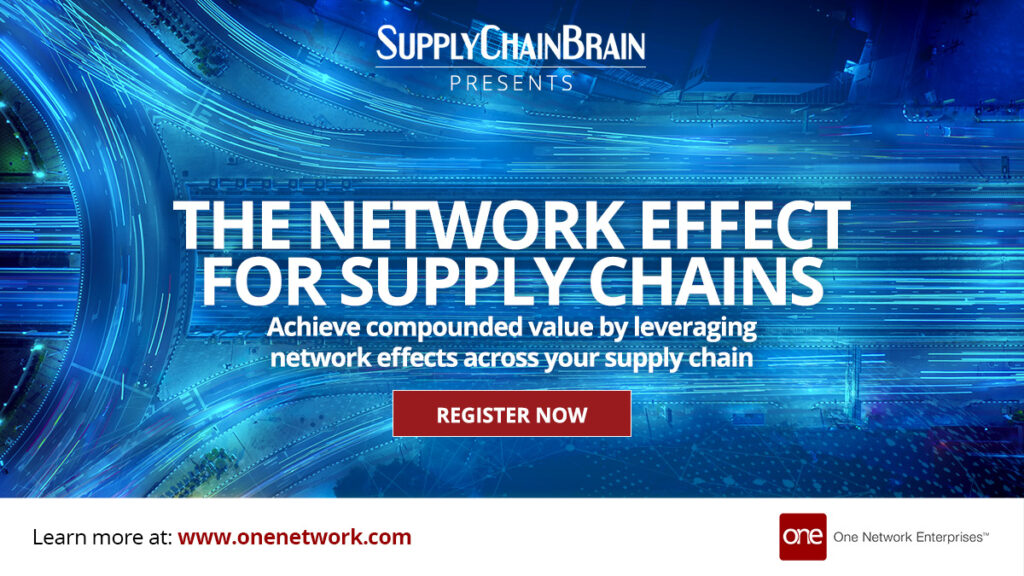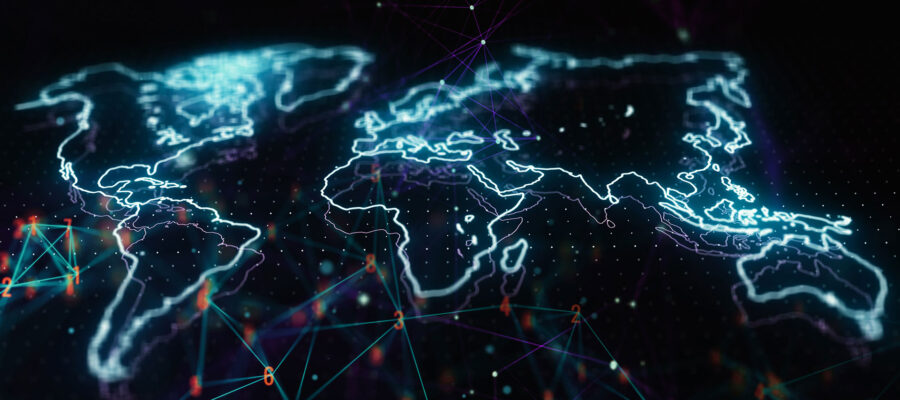This post has already been read 17367 times!
As the global economy tries to fully move past and adjust to COVID-19’s impacts, executives must conquer today’s continued myriad supply chain challenges. The impact transcends industries, affecting everything from toasters to toys, as a confluence of causes slows trade and logistics. Staggering losses continue across multiple verticals where demand outpaces supply. Consider the automotive industry, where analysts at consulting firm Alixpartners see upwards of $210 billion in auto sector losses due to supply chain problems.
Inflation is also rearing its ugly head along with the supply chain crunch. Federal Reserve Chair Jerome Powell noted “It is also frustrating to see the bottlenecks and supply chain problems not getting better — in fact, at the margin, apparently getting a little bit worse. We see that continuing into next year, probably, and holding inflation up longer than we had thought.” The global economic rebound and staff shortages also contribute to inflationary worries.
To conquer these issues and resolve supply chain challenges into 2022 and 2023, the entire ecosystem needs change. Firms need modern, technology-based solutions that provide them with greater visibility and actionable insights to handle a fluctuating demand and supply, and potential supply chain disruptions. .
Legacy Systems Fall Short for Businesses and the End Consumer
Many companies are struggling because of their tie to traditional software solutions like ERP to tackle the supply chain problems. These are only stopgaps, well short of the transformative digital change they know they’ll need. Demand and supply variability, and disruptions will continue to jostle supply chains, and businesses won’t survive on patched-up software systems alone.
The Tactics and Technology Required to Manage Supply Chain Disruptions – how companies can minimize and manage supply chain disruptions with AI-enabled control towers…. Share on XCompanies outsource movement, packaging, storage and shipment of their product, which adds further complexity on a global scale. This complex market structure can hinder the visibility, agility and connectivity gains essential for a global supply chain.
Legacy systems cannot handle this complexity. They offer dated information which does not allow for real-time responses and gives limited context and views of complex problems. Firms that drag their feet on modernization risk more frequent and severe supply chain problems, not satisfying their customers, and burning through cash.

As companies struggle to solve supply network problems, they’ll accrue more carrying costs. It’s a reactive dynamic, not the proactive one needed to improve supply chains. Costs come in many forms, including spoilage, lost goods, misaligned supply and demand, and a host of others. This can add to the already inflationary environment flowing downwards to consumer prices. It’s a cyclical problem, where software obstacles create lack of visibility, disabling the industry’s ability to maximize the supply chain. The old software and processes don’t fix modern issues and that just raises costs further, resulting in less capital to make the needed technological changes.
Supply Chain Control Towers Need Digitization
Managing the modern, globally connected supply chain requires a control tower. In the supply chain world, a control tower is a personalized data dashboard that highlights various metrics and events that are happening throughout the entire supply chain. It’s designed to give organizations deeper insights so its staff can solve issues and prioritize.
Traditional control towers offer limited scope, as they give firms visibility only to immediate trading partners. With the scale of global trade and multi-party networks driven by consumers, there’s a need for advanced control towers with real-time visibility. New control tower structures can engage trading partners, companies and workers together in a way that optimizes delivery for the end consumer while enabling profits and growth for trading partners.
"Traditional control towers connect to immediate partners only, and thus lack visibility into all tiers of the supply chain and leave you vulnerable to blind spots." -Joe Bellini @onenetwork #supplychaindisruption Share on XSome vendors use AI to present a more modern evolution of the control tower. For example, One Network’s AI solution, named NEO, integrates into the supply chain control process and makes informed decisions, pivoting in near real-time, with the dynamic data. It provides insight into unforeseen changes that impact the supply chain, reduces manual tasks through automation, and removes siloed data that’s not providing value in its current state.
It also networks together all the necessary systems for visibility from the suppliers to the customers through a single “version of truth.” It enables trading partner collaboration and encourages every user to make the best and most timely decision that benefits the entire group. Early warning alerts empower users to leverage predictive and prescriptive analytics to tackle small issues before they become major problems.
Looking Forward
Senior leaders must act with urgency to identify and fix supply chain challenges. They’re confronted by congested ports, container shortages, labor issues, inflation and other factors that require modern solutions. They need to improve legacy systems and operations to achieve long-term advantages, not simply make short-term patches. Many will turn to AI and IoT-powered platforms that enable rapid change without crippling capital expenditures. By embracing a digital supply chain, firms can save staff members from the tedium of software systems that require manual, disconnected tasks. As companies leverage technology, they can reduce the need for future new investments. They’ll manage supply chains with increased effectiveness, efficiency and speed, and help get our global economy back on track.
Recommended Posts
- Are Micro Fulfillment Centers the Next Frontier in Retail Logistics?
- Rethinking Defense Supply Chains with Network-Based Command Centers
- How to Use Predictive Analytics to Streamline Cross-Border Logistics
- AI Plus Humans for Resilient Freight Forwarding in a Complex World
- Modern Defense Supply Chains: The Essential Capabilities for Multi-Domain Operations
- 8 Actionable Supply Chain Trends for 2023 - January 19, 2023
- Constraint-Based Supply Planning & Execution - November 21, 2022
- Supply Chain Planning Control Tower - September 29, 2022
